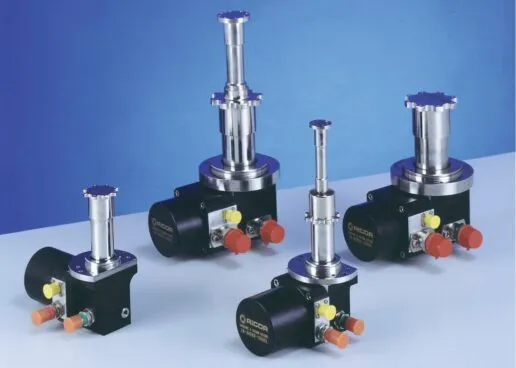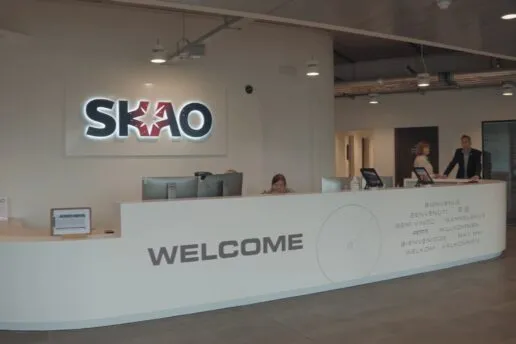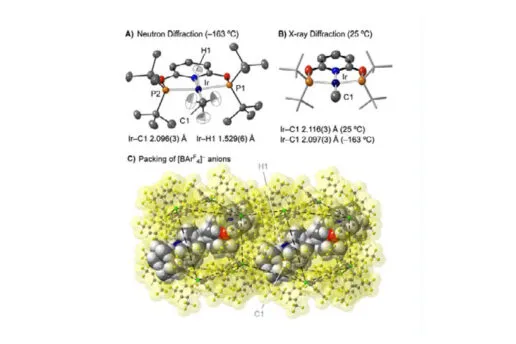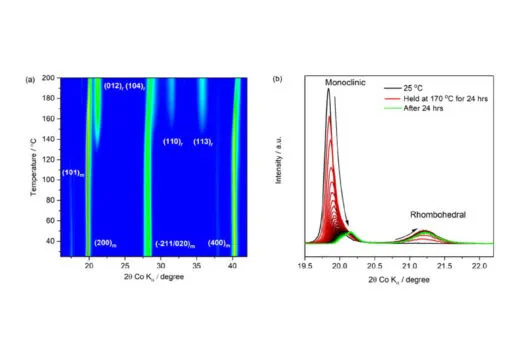2000 – 2015: From Crystals to Cryocoolers
2001 – 2008: Closed-Cycle Cryogenics
With the Cryostream 700 firmly established and dominating the crystallographic market, OxCryo’s expanded development and manufacturing base in Long Hanborough became the launchpad for a new range of closed-cycle systems.
Between 2001 and 2004, OxCryo launched three pioneering systems—each incorporating a Gifford-McMahon (GM) cryocooler and operating with a closed-loop of compressed helium supplied by Ricor Limited. These included: the Phenix, a closed-cycle cryostat reaching 12 K; the N-Helix, a hybrid cooler using nitrogen to reach 100 K before switching to helium for final cooling to 28 K; and the Cobra, a compact, nitrogen-based open-flow system that eliminated the need for liquid nitrogen entirely.
Each device was tailored to a specific niche within X-ray diffraction, reinforcing OxCryo’s commitment to precision solutions in crystallography. But as GM cryocoolers became core to these systems, the team saw a broader opportunity. In 2009, OxCryo acquired the GM cryocooler and helium compressor technologies from Ricor, marking the start of a bold new chapter.
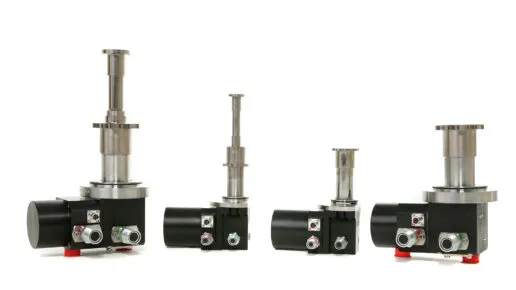
2009 – 2015: A Leap into Radio Astronomy
Bringing GM cryocoolers in-house was more than a supply-chain decision—it was a strategic leap as it allowed them to adapt these components to serve new scientific markets.
One of the first opportunities to apply these technologies beyond crystallography came through a collaboration with the University of Oxford on the C-Band All-Sky Survey (C-BASS), which required a compact, low-power cryocooler to stabilise sensitive microwave amplifiers. OxCryo’s GM cryocoolers and helium compressors delivered precisely what was needed, validating their performance in a new and demanding application: radio astronomy.
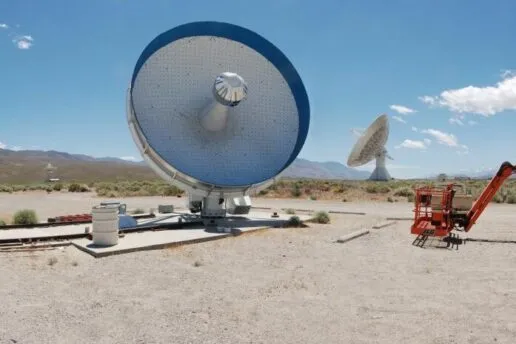
“We were excited to discover a local company who had exactly the products we needed and who were happy to support these for what, for Oxford Cryosystems, was a new application.”
— Mike Jones, Professor of Experimental Cosmology, University of Oxford
At the same time as the Cryostream 800 was launching—their successful contribution to C-BASS was also attracting the attention of EMSS Antennas (EMSS) in South Africa. EMSS were designing receivers for the South African Radio Astronomy Observatory’s (SARAO) Karoo Array Telescope (MeerKAT) and needed a cryogenic system robust enough to withstand the extreme conditions of the Karoo desert. OxCryo responded by designing ruggedised versions of their GM cryocoolers. These were deployed across every dish in the array and marked a significant milestone: adapting precision lab equipment into field-based systems for large-scale observatories.
In 2015, the University of Oxford turned to OxCryo once again. This time, to develop a rugged, air-cooled helium compressor for the Square Kilometre Array Observatory’s (SKAO) SKA-Mid telescope. Co-funded by the UK’s Science and Technology Facilities Council (STFC), the result was the AC3. Designed to integrate seamlessly with the ruggedised cryocoolers the had developed for MeerKAT, OxCryo was now capable of delivering complete cryogenic systems that could operate in some of the harshest environments on Earth. These systems are currently being deployed across the SKA-Mid and will support the detection of the extremely weak signals that originate from the birth of the universe.
Although OxCryo was now serving a global radio astronomy community, it never lost sight of its origins. In the final chapter of this series, we will explore how OxCryo has continued refining its existing technology for crystallography, and developing bespoke customised products for new applications, from fusion research to micro-CT.
